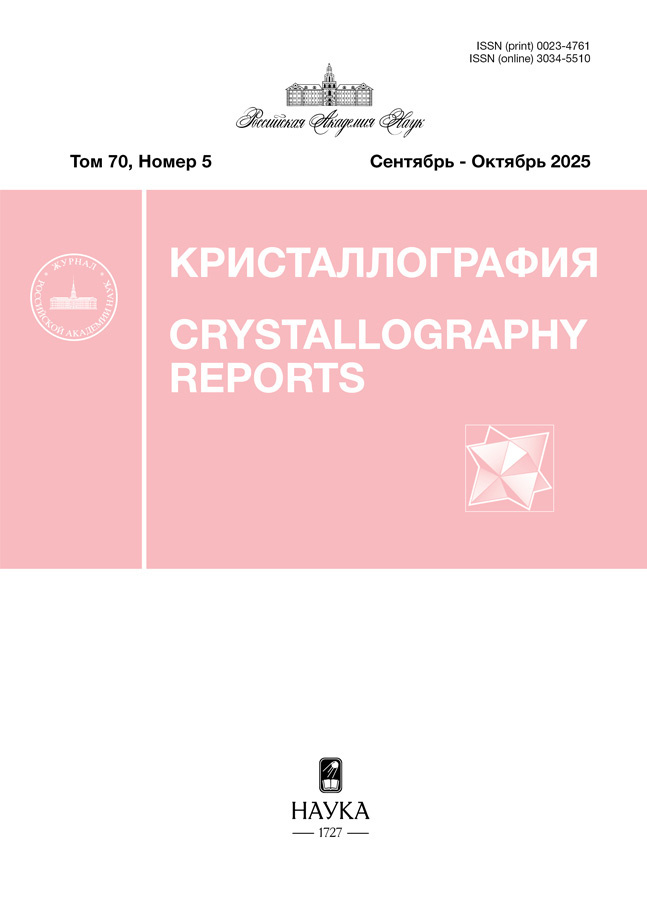On the technology of production of antique red-glazed pottery (bosporan, pontic and eastern sigillata)
- Authors: Mandrykina A.V.1, Zhuravlev D.V.1,2, Guryeva P.V.1, Kovalenko E.S.1, Kondratyev O.A.1, Khmelenin D.N.1, Tereschenko E.Y.1, Yatsishina E.B.1
-
Affiliations:
- National Research Centre "Kurchatov Institute"
- State Historical Museum
- Issue: Vol 69, No 6 (2024)
- Pages: 1078-1089
- Section: КРИСТАЛЛОГРАФИЧЕСКИЕ МЕТОДЫ В ГУМАНИТАРНЫХ НАУКАХ
- URL: https://gynecology.orscience.ru/0023-4761/article/view/673651
- DOI: https://doi.org/10.31857/S0023476124060186
- EDN: https://elibrary.ru/YFVJBO
- ID: 673651
Cite item
Abstract
A comprehensive study of antique red-glazed pottery fragments (terra sigillata) belonging to the Pontic, Bosporan and Eastern groups has enabled the identification of distinctive technological characteristics of the slip layer and ceramic mass. The Eastern sigillata samples exhibited superior technological characteristics. The small size of the pores and inclusions is indicative of the utilisation of finely dispersed clay. Furthermore, the presence of a mixture comprising two distinct clay types was identified: a ferrous clay and a more refractory calcareous clay. The particular and likely meticulous preparation of the clay suspension for the slip layer production was indicated by the addition of a potassium-containing preparation, presumably potassium potash, to enhance the glazing of the layer, as well as an iron-containing pigment, probably ocher. The samples were fired at a temperature of approximately 1000°C. Pontic sigillata products were distinguished by the addition of potassium potash in accordance with Eastern techniques and the absence of a specially added pigment in the varnish mixture. The firing temperature was lower, falling within the range of 850–900°C.
Full Text
About the authors
A. V. Mandrykina
National Research Centre "Kurchatov Institute"
Author for correspondence.
Email: elenatereschenko@yandex.ru
Russian Federation, Moscow
D. V. Zhuravlev
National Research Centre "Kurchatov Institute"; State Historical Museum
Email: elenatereschenko@yandex.ru
Russian Federation, Moscow; Moscow
P. V. Guryeva
National Research Centre "Kurchatov Institute"
Email: elenatereschenko@yandex.ru
Russian Federation, Moscow
E. S. Kovalenko
National Research Centre "Kurchatov Institute"
Email: elenatereschenko@yandex.ru
Russian Federation, Moscow
O. A. Kondratyev
National Research Centre "Kurchatov Institute"
Email: elenatereschenko@yandex.ru
Russian Federation, Moscow
D. N. Khmelenin
National Research Centre "Kurchatov Institute"
Email: elenatereschenko@yandex.ru
Russian Federation, Moscow
E. Yu. Tereschenko
National Research Centre "Kurchatov Institute"
Email: elenatereschenko@yandex.ru
Russian Federation, Moscow
E. B. Yatsishina
National Research Centre "Kurchatov Institute"
Email: elenatereschenko@yandex.ru
Russian Federation, Moscow
References
- King А. // Britannia. 1980. V. 11. Р. 139.
- Fabrizi L., Nigro L., Spagnoli F. et al. // Ceram. Int. 2020. V. 46 (2). P. 1640.
- Sciau P., Sanchez C., Gliozzo E. et al. // Archaeol. Anthropol. Sci. 2020. V. 12. P. 211.
- Guarino V., De Bonis A., Grifa C. et al. // Period. di Mineral. 2011. V. 80 (3). P. 455.
- Aloupi-Siotis E. // Special Techniques in Athenian Vases / Ed. Lapatin K. Los Angeles: J. Paul Getty Museum, 2008. P. 113.
- Mirti P., Appolonia L., Casoli A. // J. Archaeol. Sci. 1999. V. 26. P. 1427.
- Grifa C., Germinario C., De Bonis A. et al. // J. Archaeol. Sci. Rep. 2019. V. 23. P. 291.
- Maggetti M. Phase Analysis and its Significance for Technology and Origin, dans Archaeological Ceramics / Ed. Olin J.S., Franklin A.D. Washington: Smithsonian Institution Press, 1982. 121 р.
- Sciau P., Languille M.A., Dooryhee E. et al. // Proceedings of the 7th European Meeting on Ancient Ceramics (EMAC’03) / Ed. Prudêncio M.I. et al. Lisboa: Instituto Português de Arqueologia, 2005. P.
- Терещенко Е.Ю., Антипин А.М., Кварталов В.Б и др. // Кристаллография. 2022. Т. 67. № 4. С. 667. https://doi.org/10.31857/S0023476122040178
- Журавлев Д.В., Мандрыкина А.В., Смокотина А.В. и др. // Российские нанотехнологии. 2023. Т. 18. № 5. С. 612. https://doi.org/ 10.56304/S1992722323050205
- Kenyon K. // The Objects from Samaria. London: Palestine Exploration Fund, 1957. P. 281.
- Hayes J.W. // Ceramica fine Romana nel Bacino Mediterraneo (tardo ellenismo e primo imperio), Atlante delle forme ceramiche II, Enciclopedia dell’arte antica, classica e orientale. Roma: Istituto della Enciclopedia Italiana, 1985. 406 p.
- Домжальски К., Журавлев Д.В. // Боспор Киммерийский и варварский мир в период античности и средневековья. Материалы IV Боспорских чтений. Керчь. 2003. С. 89.
- Robinson H.S. The Athenian Agora V: Pottery of the Roman Period, Chronology. Cambridge University Press, 1959. 163 p.
- Loeschcke S. Sigillata-Töpfereien in Tschandarli: Bericht über die Ergebnisse einer Versuchsgrabung im Jahre 1911. Mann. 1912. 63 s.
- Domżalski K. // Archeologia. 1997. V. 47. Р. 95.
- Журавлев Д.В., Смокотина А.В. // Боспорский феномен: Большие и малые города Боспорского царства. Круглый стол, посвященный 75-летию Е.А. Молева (1947–2021). Матер. междунар. науч. конф. СПб: ИПЦ СПбГУПТД, 2022. С. 288.
- Журавлев Д.В. Краснолаковая керамика Юго-Западного Крыма первых веков н. э. (по материалам позднескифских некрополей Бельбекской долины). Симферополь.: МАИЭТ. 2010. Suppl. 9. 320 c.
Supplementary files















